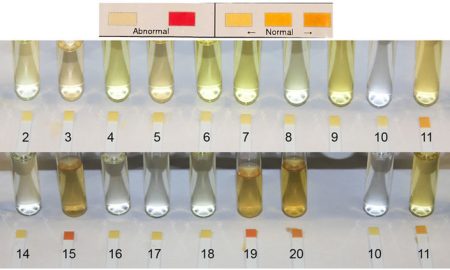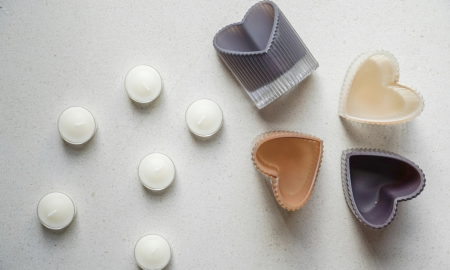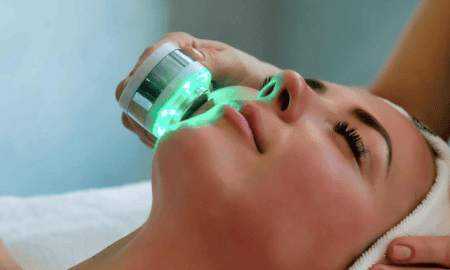
Uterine Fibroid Embolization (UFE) has emerged as a transformative solution for individuals grappling with the burden of uterine fibroids. This innovative, minimally invasive procedure is changing the landscape of fibroid treatment, offering hope and relief to countless women. This article explores the remarkable potential of UFE as a game-changer in the world of minimally invasive UFE treatment.
Understanding Uterine Fibroids
Before delving into the intricacies of UFE, it is essential to grasp the nature of uterine fibroids. These noncancerous growths in the uterus can cause a range of distressing symptoms, including heavy menstrual bleeding, pelvic pain, and pressure. They often affect women of childbearing age and can lead to significant discomfort and disruption in daily life. The exact cause of uterine fibroids remains unclear, but hormonal imbalances and genetic factors are believed to play a role in their development. With the potential to impact a woman’s physical and emotional well-being, finding effective treatment options is paramount, and UFE emerges as a promising solution in this regard.
Traditional Treatment Options
Historically, surgical procedures like hysterectomy (removal of the uterus) and myomectomy (removal of individual fibroids) were the primary options for fibroid management. While effective, these surgeries come with significant drawbacks, including extended recovery periods, potential complications, and the loss of fertility in the case of a hysterectomy. Hysterectomy, in particular, is a major surgical intervention that involves the removal of the entire uterus, rendering the patient unable to bear children. Myomectomy, while preserving fertility, still involves a more invasive approach compared to UFE, often resulting in longer recuperation times and increased surgical risks. These limitations have spurred the growing popularity of minimally invasive UFE treatment as a less invasive and fertility-preserving alternative.
Enter Uterine Fibroid Embolization (UFE)
UFE stands as a beacon of hope for those seeking a less invasive alternative to surgical interventions. This procedure works by blocking the blood supply to the fibroids, causing them to shrink and alleviate symptoms. Here are some key aspects that make UFE a game-changer:
1. Minimally Invasive Approach:
UFE is performed with a tiny incision, usually in the groin area. This minimally invasive approach reduces the risk of complications and shortens recovery times compared to traditional surgeries.
2. Preserving Fertility:
Unlike a hysterectomy, UFE does not involve the removal of the uterus, preserving the possibility of future pregnancies for those who desire it. This is a significant advantage for women who want to retain their reproductive options.
3. Rapid Relief:
Many patients experience relief from fibroid symptoms shortly after the UFE procedure. This quick response can lead to an improved quality of life and a return to normal activities sooner.
4. Outpatient Procedure:
UFE is typically performed on an outpatient basis, meaning patients can return home the same day. This convenience reduces the need for extended hospital stays and minimizes disruption to daily routines.
5. High Success Rates:
UFE has shown impressive success rates in treating fibroids and alleviating associated symptoms. Studies indicate that the majority of patients experience significant symptom improvement following the procedure.
6. Minimal Scarring:
The small incision used in UFE results in minimal scarring, which can be a relief for those concerned about the cosmetic impact of surgery.
Navigating the UFE Procedure
To unlock the potential of UFE, patients must first consult with a qualified healthcare provider. The journey typically includes the following steps:
1. Consultation:
Patients meet with a healthcare professional who specializes in fibroid treatment. During this consultation, the provider will assess the size and location of the fibroids and discuss the UFE procedure in detail.
2. Pre-procedure Evaluation:
Before undergoing UFE, patients may need to undergo a series of tests to ensure they are suitable candidates for the procedure. These tests help the healthcare team make informed decisions about the treatment plan.
3. The UFE Procedure:
On the day of the procedure, patients arrive at a medical facility. The procedure itself typically takes around 1 to 2 hours. During the UFE, a radiologist guides a catheter to the uterine arteries and injects embolic agents to block blood flow to the fibroids.
4. Post-procedure Recovery:
Following the UFE, patients are observed for a brief period and can often return home the same day. Recovery times vary, but many individuals can resume normal activities within a week or two.
5. Follow-up Care:
Regular follow-up appointments with healthcare providers are crucial to monitor progress and address any concerns. Patients should communicate any changes in symptoms or overall well-being to their healthcare team.
Unlocking a Brighter Future
Uterine Fibroid Embolization (UFE) has indeed emerged as a game-changer for fibroid sufferers. Its minimally invasive nature, preservation of fertility, rapid relief, and high success rates make it a compelling choice for those seeking an effective alternative to traditional surgical interventions. By understanding the potential of UFE and consulting with healthcare professionals, individuals can embark on a journey toward improved well-being and a brighter, fibroid-free future.


















Follow Us